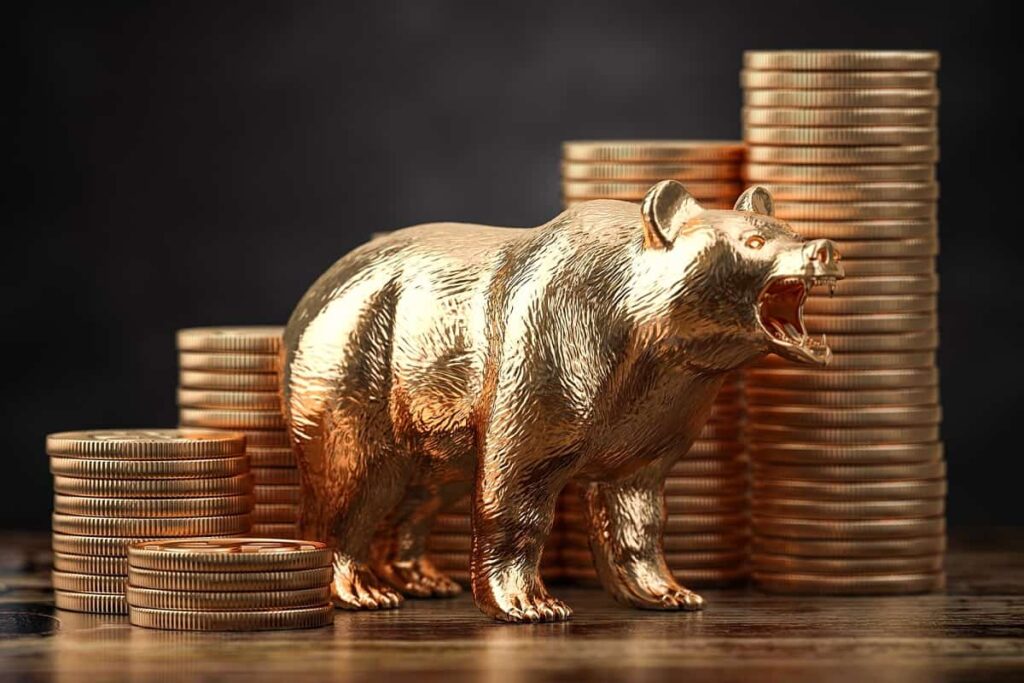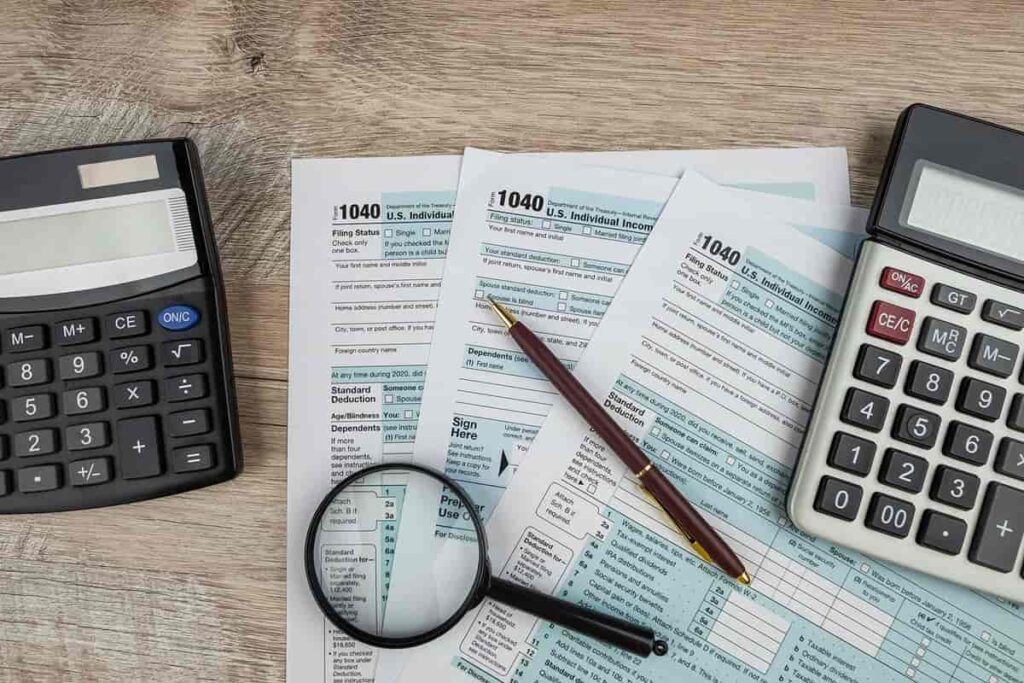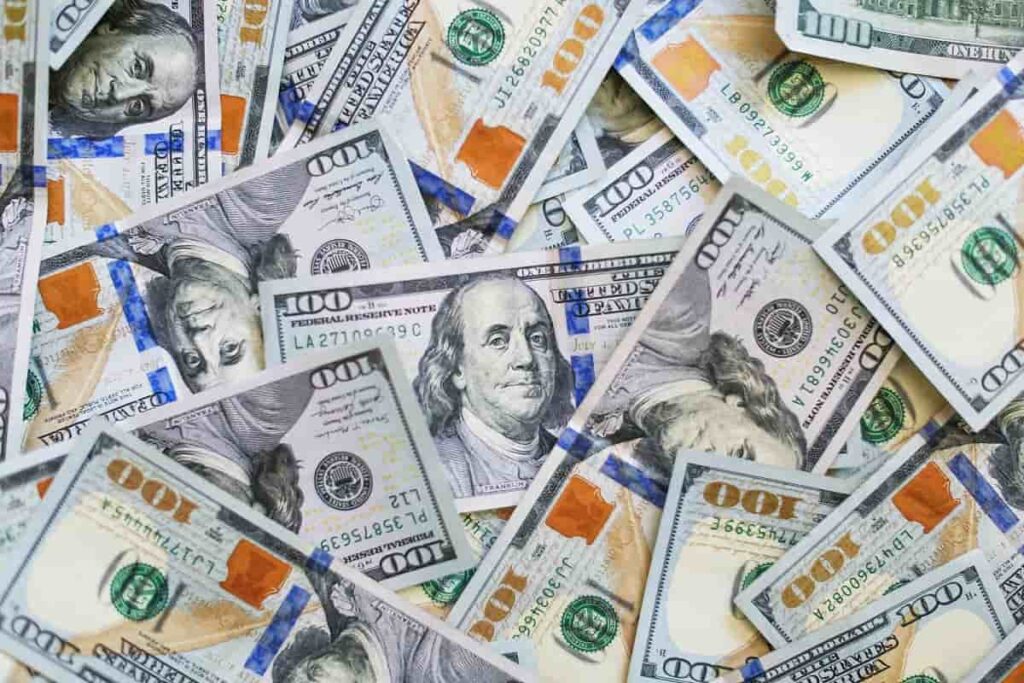How Long Will the Current Bear Market Last?
Table of contents

The Chinese are a particularly superstitious lot. For proof of that, look no further than the list of things you aren’t supposed to do during Hungry Ghost month. And it’s not just restricted to a certain class of people. Hong Kong’s wealthiest home buyers won’t set foot in a house that has ghosts. In fact, you are required by law to disclose any deaths that might have occurred in a dwelling as that will knock about 50% off the sticker price.
Cultural superstitions are an attempt by people to influence what they cannot control. Those who don’t believe in ghosts often turn to the Ministry of Truth for answers – Google – to ask how long the bear market pain will last. First, let’s start with the obvious question.
Are We in a Bear Market?
The most common definition of a bear market is when one or major indices falls 20% from its peak. Contrast that to a “correction” which describes drops of more than 10%, but less than 20%. Here’s how three popular indices stack up using the common definition of a bear market.
| High Date | High | Today | % Change | |
| S&P 500 | 11/22/2021 | 4,712 | 3,715 | -21% |
| DJIA | 1/5/2022 | 36,723 | 30,075 | -18% |
| Nasdaq | 11/19/2021 | 16,042 | 10,974 | -32% |
There’s only one problem with this definition – it doesn’t consider duration. Few people remember the bear market of March 2020 because it was so short-lived. Just look at how dramatically three major indices dropped in just over a month.
| S&P | DJIA | Nasdaq | |
| Feb 20, 2020 | 3,380.45 | 29,296.25 | 9,799.20 |
| Mar 23, 2020 | 2,290.71 | 19,028.36 | 6,847.28 |
| -32% | -35% | -30% |
What made the March 2020 bear market so unique was the short amount of time it took for stocks to bottom out. From Reuters:
According to CFRA, S&P 500 bear markets since 1946 have taken an average of 389 calendar days to bottom, and then another two years to return to their prior high. But there is a broad range. The last bear market in early 2020 took only 33 days to bottom, while the dot-com bubble bear market 20 years ago required 929 days to bottom, according to CFRA.
Credit: Reuters
The above talks about how long it takes for the pain to stop. If the average is to be believed, then the pain of this bear market will be alleviated around the end of this year (more on this in a bit). That’s great, but then how long will it take for prices to recover?
How Long Will the Bear Market Last?
Once the bear market bottoms, it’s all uphill from there until you’re back to breakeven. Intuitively, the worse a bear market is, the longer it takes to recover. Just pull up a 30-year Nasdaq index chart and look for yourself. The dot-bomb bubble resulted in the Nasdaq index dropping 75% from peak to trough, a mind-blowing metric to ponder. That means the average stock dropped 750% (including big names like Intel and Oracle) with many stocks performing far worse or disappearing entirely. It’s no surprise then that it took at least 14 years to recover (the S&P 500 Information Technology Index took 17 years to reach the all-time high it reached in 2000). So, just how low can she go?
How Low Can Stocks Go?
The SARS-CoV-2 pandemic is the greatest threat to prosperity and wellbeing facing the United States since the Great Depression, yet it registered the shortest bear market in history. This time around, the markets may be pricing in the damages of the pandemic which has erased $16 trillion in value. Here’s a question for you:
- In the 30 months that followed the pandemic, was $16 trillion in economic value created to offset the $16 trillion in value lost?
Probably not. This means it’s reasonable to expect the three major stock indexes to trade at the levels they were at prior to the pandemic. It’s equally reasonable to expect that they might trade below the levels of the March 2020 bear market as well. Let’s see where these indices are trading relative to what they traded at on December 31st, 2019 (the first day news of the pandemic broke).
| 31-Dec-19 | Today | % Change | |
| S&P 500 | 3,215 | 3,715 | +16% |
| DJIA | 28,415 | 30,075 | +6% |
| Nasdaq | 8,919 | 10,974 | +23% |
And below you can see how much these three indices would need to drop to reach March 2020 bear market levels.
| March 20 Lows | Today | % Change | |
| S&P 500 | 2,291 | 3,715 | -38% |
| DJIA | 19,028 | 30,075 | -37% |
| Nasdaq | 6,847 | 10,974 | -38% |
If these three indices actually reach those levels, then here’s the peak-to-trough loss that would be realized – an average 52% drop.
| March 20 Trough | Peak | % Change | |
| S&P 500 | 2,291 | 4,712 | -51% |
| DJIA | 19,028 | 36,723 | -48% |
| Nasdaq | 6,847 | 16,042 | -57% |
If the dot-bomb crash of 75% took 14 years to recover, then that’s one year for every 5.35% drop. If major indices trade down to the level they reached upon the initial pandemic reaction, then that means the bear market should last 9.72 years. As we learned in bee school, sometimes you have to come up with an answer based on limited information. What’s important is that you explain the rationale used to arrive at the number so that other people can point out your shortcomings and help improve the accuracy of your estimates.
What Investors Ought to Do
You only lose money when you sell a stock that’s underwater. If you were holding quality companies to begin with, you have nothing to worry about. (Anyone else loving 3M at a 4.6% yield?) You only run into problems if you’re an older person who needs their money sooner than your average 40-year-old. If you’re among the 30% of Americans who make $250,000 a year and live paycheck to paycheck, put on your big boy pants and start living below your means. Save as much money as you can every month and start dollar-cost-averaging into quality names. If the market continues to fall, you’re happy as a clam buying cheaper assets. If it goes up, you can feel all warm inside about your Nostradamus-like investing acumen. You win either way.
As for our own portfolios, our 30-stock portfolio of DGI stocks has been increasing dividends every year for an average of 44 years. These firms have weathered plenty of recessions, and this time it’s no different. The other asset classes we’re holding are providing some good diversification effects, but our tech stocks are dropping faster than Tyson felled Frasier. (Invitae at 92% off anyone?) In times of crisis, fast-growing companies need to pivot to survival mode, and not all will succeed. We’re still sitting on a chunk of cash we’re slowly putting to work on quality disruptive tech names while fully expecting more pain ahead based on the analysis we’ve offered up today.
Conclusion
When 95% of active managers can’t beat a broad market benchmark over the long run, don’t be surprised when nobody correctly predicts how long a bear market will last, ourselves included. All we can do is use the data to better understand the bear market process so we don’t do the absolute worst thing you can do – start locking in losses. If you’re invested in quality companies, you’ll be sleeping a whole lot better at night while everyone around you is panicking.
Sign up to our newsletter to get more of our great research delivered straight to your inbox!
Nanalyze Weekly includes useful insights written by our team of underpaid MBAs, research on new disruptive technology stocks flying under the radar, and summaries of our recent research. Always 100% free.














